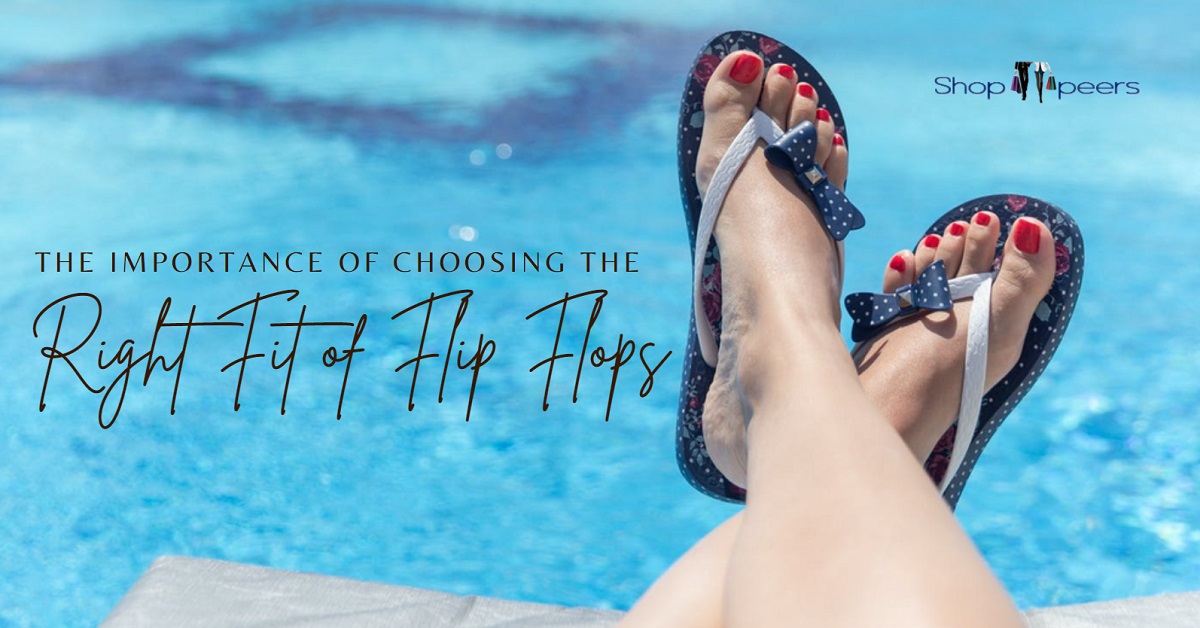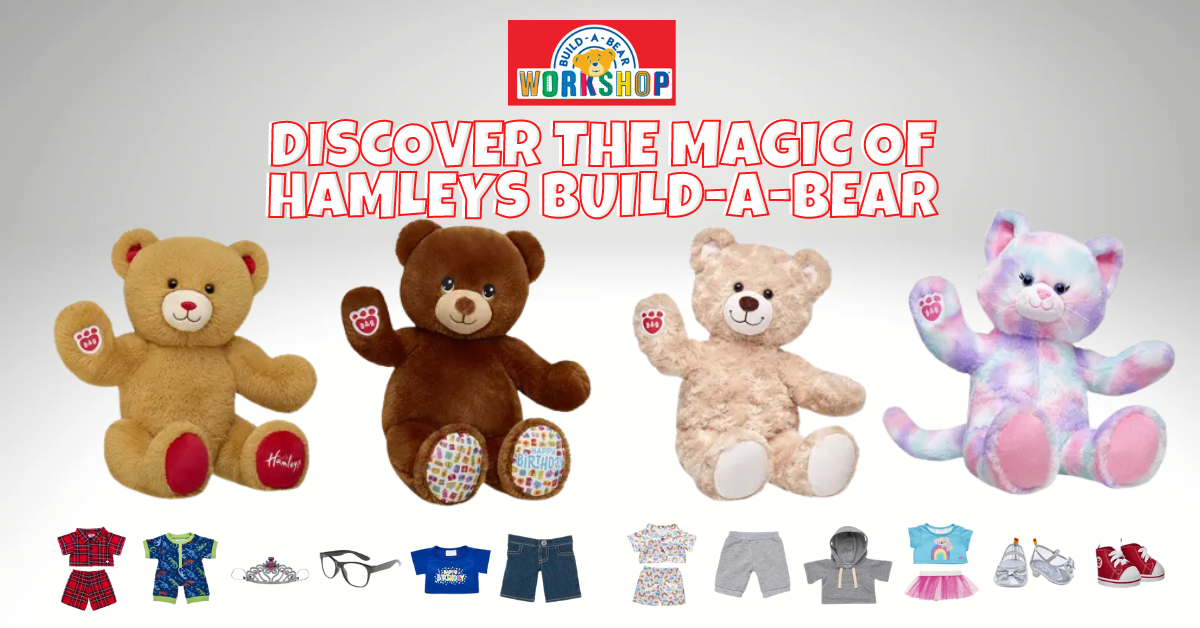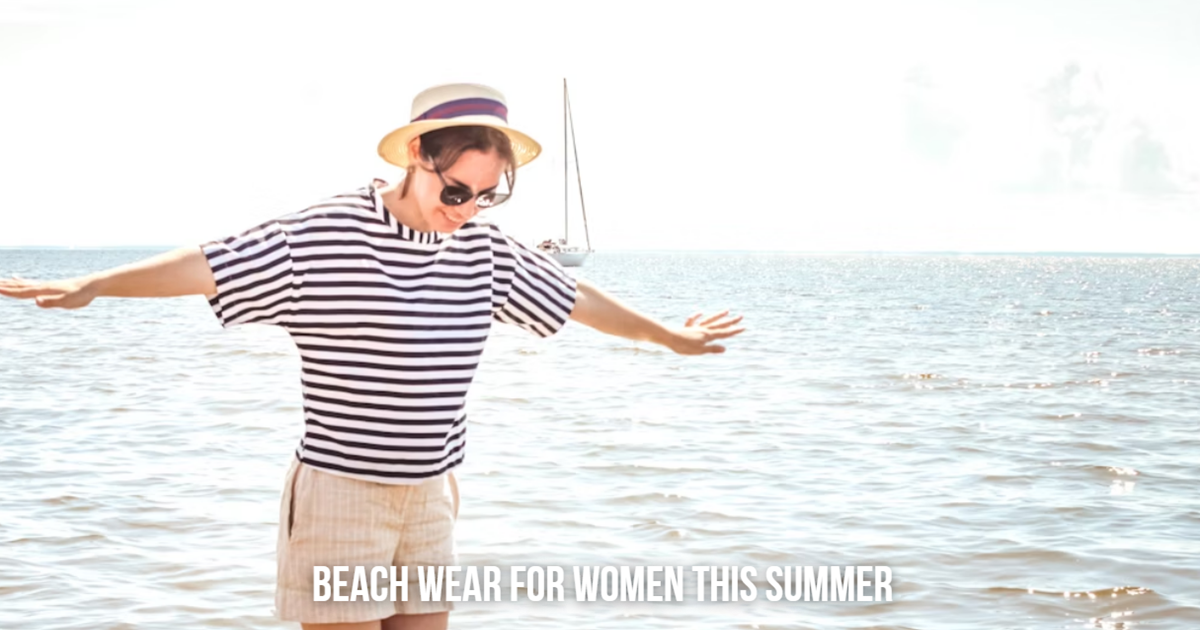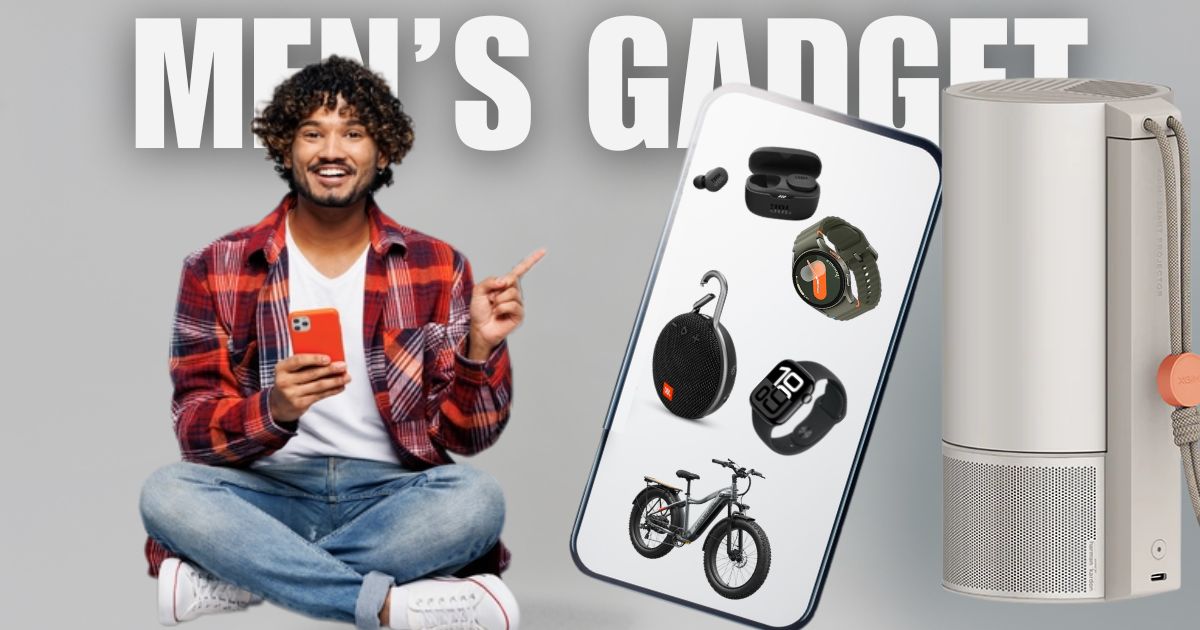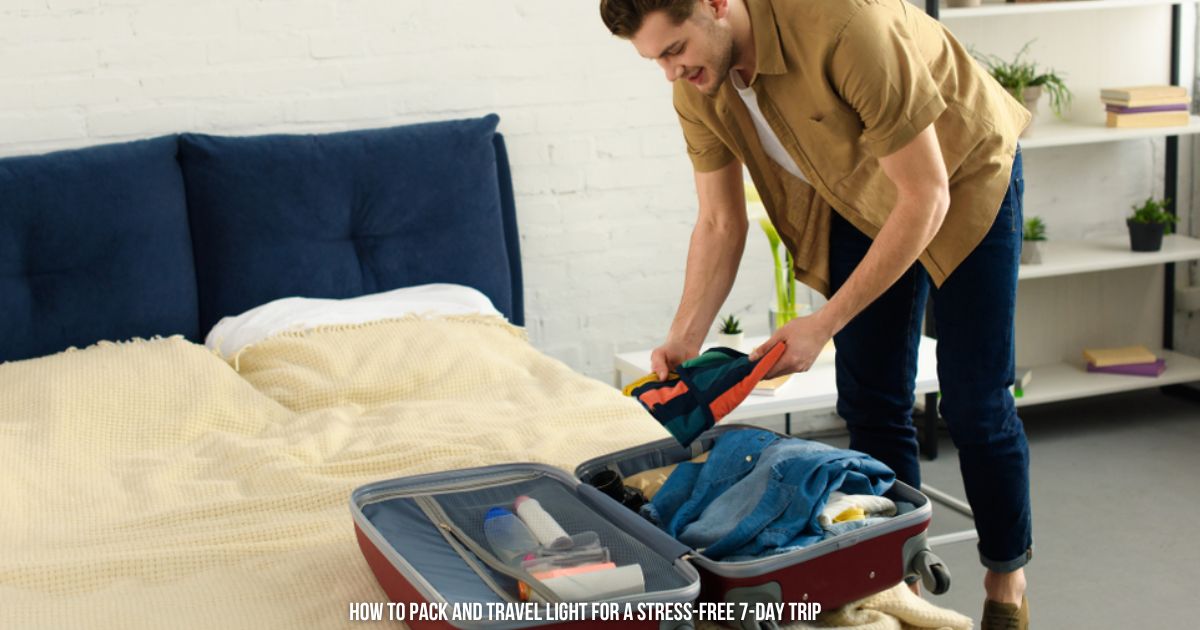Flip-flops might seem like the most easygoing footwear out there—perfect for beach days, running errands, or lounging around. But beneath their laid-back look lies a critical truth: choosing the right fit of flip-flops is essential not just for comfort but for your overall health and posture.
If you’ve ever grabbed a cheap pair from a dollar bin and worn them all summer, you might want to reconsider. Flip flops that don’t fit correctly can wreak havoc on your feet, knees, hips, and even your back. And in today’s world, where comfort and foot health have taken center stage—especially with the growing popularity of long walks, casual fashion, and foot-conscious lifestyles—it’s more important than ever to pick the right pair. Let’s dive into the surprisingly impactful world of flip-flop fitting.
The Hidden Health Risks of Ill-Fitting Flip-Flops
Flip-flops may be the symbol of easygoing summer vibes, but wearing a poorly fitting pair can lead to more than just sore feet. When flip flops lack proper support, fit, or structure, they can trigger a chain reaction of physical problems that affect your entire body—starting from the soles of your feet and traveling all the way up to your spine.
In 2025, as people become more health-conscious and movement-focused, the emphasis on supportive footwear—even for something as casual as flip flops—has grown significantly. Let’s take a closer look at what could go wrong when you underestimate the importance of the right fit.
👣 1. Plantar Fasciitis: Heel Pain That Lingers
One of the most common consequences of wearing flat, unsupportive flip flops is plantar fasciitis, a condition where the thick band of tissue running along the bottom of your foot becomes inflamed. Flip-flops with thin soles and no arch support allow the heel to absorb constant impact with each step, over-stretching this tissue.
Symptoms to watch for: Sharp heel pain, especially in the morning or after long periods of standing or walking.
🦶 2. Achilles Tendinitis: Ankle Overload
When your heel lacks proper elevation or cushioning, your Achilles tendon (the strong band connecting your calf muscle to your heel bone) takes on too much strain. This can cause inflammation, stiffness, and even long-term mobility issues if not addressed.
Why this matters: In 2025, many people are engaging in low-impact walking and standing routines to counter sedentary lifestyles. Ill-fitting flip flops can easily undo those health gains.
🦵 3. Knee, Hip, and Lower Back Pain
Your feet are your body’s foundation, and misalignment down low throws off the rest of your posture. When flip flops lack structure, your walking pattern (gait) changes. You might roll your ankles inward or outward more than usual, leading to joint stress in your knees, hips, and lower back.
Modern concern: Prolonged use of unsupportive footwear can contribute to chronic pain syndromes like sciatica, especially for people working from home or spending hours on their feet.
🩹 4. Blisters, Burns, and Skin Irritations
Cheap or rough flip-flop straps—especially plastic or rubber ones—can rub against the delicate skin on top of your feet. Combined with sweat and friction, this leads to blisters, hot spots, or chafing. In warmer weather, sun exposure can make this worse, and flip flops offer little to no protection from UV rays or debris on the ground.
Tip: Opt for padded, wide, or fabric-lined straps that sit comfortably without pinching or digging into your skin.
🧬 5. Circulatory and Nerve Issues (Especially for At-Risk Individuals)
For individuals with diabetes, neuropathy, or circulatory conditions, poorly fitting flip flops pose an even greater risk. Lack of cushioning and open design can lead to cuts, ulcers, and pressure sores, which may go unnoticed due to reduced sensation in the feet.
Expert insight: Medical professionals now recommend that at-risk individuals avoid generic, off-the-shelf flip flops entirely unless the pair is specifically designed for medical use or diabetic foot care.
⚠️ 6. Trips, Falls, and Instability
A loose flip-flop that flops (literally) as you walk increases your chances of stumbling or catching your toe on uneven ground. Without a secure fit or adequate traction, slips and trips become more likely—especially on slick surfaces like tile or wet pavement.
Real risk: Emergency room data still lists falls due to inappropriate footwear as a leading cause of preventable injury, even among young adults.
How to Choose the Right Fit of Flip-Flops: A Step-by-Step Guide
Finding the perfect pair of flip-flops might seem simple, but it’s more than just picking your favorite color or trend. A good fit combines comfort, support, and durability. Here’s a refined, step-by-step guide to help you make a confident, foot-friendly choice:
✅ 1. Give Your Toes Some Breathing Room
Make sure there’s about half an inch of space between your longest toe and the front edge of the flip-flop. Your toes shouldn’t hang over the edge or feel cramped. This extra space helps prevent stubbed toes, friction injuries, and discomfort during longer walks.
Pro Tip: Try tracing your foot on paper and comparing it with the sole of the flip flop when shopping online.
✅ 2. Check for a Secure, Natural Fit
The flip-flop should fit snugly but comfortably around your entire foot. It shouldn’t be so loose that it flops around, nor so tight that it squeezes your toes or arch. You should be able to walk naturally without clenching your toes to keep them in place.
Test it: Take a few steps on a hard surface. If you hear loud slapping sounds or feel instability, the fit isn’t right.
✅ 3. Make Sure the Straps Don’t Rub or Dig In
The straps—whether they’re fabric, leather, or synthetic—should lie smoothly across the top of your foot without causing pressure points. Uncomfortable straps can cause blisters, redness, or irritation, especially during warmer months when your feet may sweat.
Look for: Padded or wide straps that reduce friction and help distribute pressure evenly.
✅ 4. Flexibility at the Right Spot
Flip flops should be flexible only at the ball of the foot—the area just behind your toes. That’s where your foot naturally bends when walking. If a flip flop bends in half like a sandwich or doesn’t flex at all, it likely lacks the support needed for safe wear.
Why it matters: Proper flexibility promotes natural movement and reduces strain on tendons and joints.
✅ 5. Prioritize Arch and Heel Support
Look for flip-flops with contoured footbeds that offer arch support and a slightly elevated heel. These features help align your foot properly, reduce fatigue, and lower the risk of plantar fasciitis or heel pain—especially if you’ll be wearing them all day.
Recommended brands: Vionic, Birkenstock, OluKai, and HOKA all offer models with orthopedic support that don’t compromise on style.
✅ 6. Choose High-Quality, Breathable Materials
The right materials can make or break your comfort level. Low-quality flip-flops can lead to sweaty feet, unpleasant odors, and poor durability.
Best materials to consider:
-
Leather or faux leather: Durable and molds to your foot over time.
-
Memory foam: Cushioned and comfortable for extended wear.
-
Recycled rubber or EVA foam: Lightweight and shock-absorbing, perfect for daily use.
Eco-conscious tip: Many brands now offer sustainable flip flops made from ocean plastics or natural rubber—good for your feet and the planet.
✅ 7. Ensure a Slip-Resistant Sole
Safety is just as important as comfort. Flip-flops with textured or treaded outsoles offer better grip, especially on wet or uneven surfaces. This helps prevent slips, trips, and awkward stumbles.
Tip: If you’re planning to wear your flip flops around water (poolside, beaches, etc.), look specifically for water-resistant or quick-drying models with anti-slip features.
✅ 8. Know Your Foot Type
Understanding your foot shape can guide you toward the perfect flip-flop fit. Here’s a quick cheat sheet:
-
Flat feet? Look for structured arch support.
-
High arches? Prioritize cushioning and shock absorption.
-
Wide feet? Choose brands that offer various width options or stretchy straps.
-
Sensitive skin or diabetic? Opt for seamless interiors and soft-touch materials.
What’s Trending in Flip-Flops in 2025?
This year, comfort and sustainability are at the forefront of footwear fashion. Here are some trends to keep your eyes on while choosing the right fit of flip-flops:
🌱 Sustainable Flip Flops
Eco-conscious brands like Indosole and Reef are producing flip flops made from recycled rubber, algae-based foam, and organic materials—proving you don’t have to sacrifice style or comfort for sustainability.
👟 Hybrid Designs
Flip-flop-sneaker hybrids are rising in popularity. Think flip-flops with cushioned midsoles, adjustable straps, and arch-contoured footbeds. They’re perfect for all-day wear without foot fatigue.
📱 Smart Flip Flops
Yes, tech has even entered the flip-flop game! Brands are experimenting with smart insoles that track steps, pressure points, and posture. Ideal for fitness lovers or those managing foot health actively.
The Best Flip-Flop Brands for the Right Fit in 2025
With more people prioritizing foot health and all-day comfort, today’s top footwear brands have stepped up their flip-flop game. In 2025, the best flip flops don’t just look good—they fit well, support your stride, and often come with added health benefits like arch support, impact cushioning, and even sustainable materials. If you’re wondering where to start searching for the perfect pair, these trusted brands lead the pack for style and support.
Here’s a quick overview of the best flip-flop brands and why they stand out in 2025.
- Vionic: Designed with input from podiatrists, Vionic flip flops offer orthotic-level arch support and heel stability. Ideal for those with plantar fasciitis, flat feet, or chronic heel pain. Stylish options now include eco-conscious collections.
- OluKai: Inspired by Hawaiian culture, OluKai combines premium materials like soft leather and anatomical footbeds. Their sandals offer both luxury comfort and grippy outsoles, perfect for casual walks or beach wear.
- Birkenstock: A cult favorite for good reason. Birkenstock’s cork-latex footbed molds to your foot shape over time, providing custom support. Their EVA models are lightweight, waterproof, and great for travel or shower use.
- Teva: Known for sporty versatility, Teva’s flip flops come with rugged soles, adjustable straps, and supportive midsoles—making them ideal for everything from urban exploring to campsite lounging.
- Crocs: Once known only for clogs, Crocs now offers lightweight flip-flops with their signature cushioned footbeds. Its newer designs focus on ergonomics and all-day wearability, with updated styles for every age group.
- Reef: A beachwear staple, Reef flip-flops combine laid-back looks with shock-absorbing soles. Their sustainable line made from recycled materials and algae foam is gaining popularity in 2025.
- HOKA: Known for their ultra-cushioned running shoes, HOKA’s recovery flip-flops are designed for maximum comfort and impact protection. Great for post-workout recovery or anyone who needs serious cushioning underfoot.
- FitFlop: As the name suggests, FitFlop focuses on biomechanically engineered footwear that supports the foot’s natural movement. Their flip flops offer microwobbleboard midsoles that promote better posture and reduce foot fatigue.
Flip Flops for Special Needs
Some people need more than just regular flip-flops. Here’s a quick guide:
-
Flat Feet: Choose models with extra arch support (e.g., Vionic Wave).
-
High Arches: Look for cushioned footbeds that absorb shock (e.g., HOKA Ora Recovery Flip).
-
Diabetic Feet: Opt for seamless interiors and soft, supportive insoles to prevent pressure points.
How to Break in a New Pair of Flip Flops
Even the best-fitting flip-flops can feel a bit unfamiliar at first. Here’s how to break them in safely:
-
Start Slow: Wear them around the house for 30–60 minutes a day.
-
Use Foot Powder: Reduce friction during initial wears.
-
Check for Irritation: Watch for red marks or blisters—these are signs they might not be the right fit.
-
Moisturize Your Feet: Especially around the heel and top of the foot where straps rub.
Don’t Settle When It Comes to Flip Flop Fit
Choosing the right fit of flip-flops isn’t just about avoiding blisters or looking cute—it’s a decision that can affect your entire posture, mobility, and long-term foot health. Whether you’re strolling on the beach, heading to a summer BBQ, or just stepping out to run errands, your feet deserve comfort and support.
In 2025, we have access to an incredible variety of flip flops designed with both health and style in mind. There’s no excuse to settle for a poorly fitting pair anymore. Pay attention to the signs, invest in quality, and prioritize fit—and your feet will thank you with every step.

